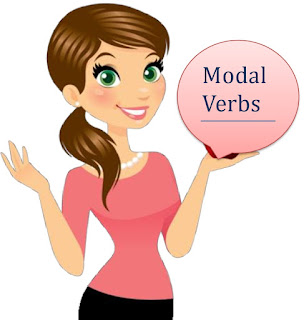Lesson Plan of Reflex Action General Science Grade VIII
Lesson Plan of Reflex Action
General Science Grade VIII
Students’ Learning Outcomes
·
Explain reflex action with an
example.
·
Differentiate between
voluntary and involuntary action they have experienced.
Information for Teachers
·
When a receptor is
stimulated, it conducts a signal to the central nervous system, where the brain
co-ordinates the reply. But from time to time a very quick response is needed,
one that does not need the participation of the brain. This is a reflex action.
Reflex actions are quick and occur without us thinking.
·
A reflex action is automatic
response to specific stimuli.
·
The reflex is regarded as the
functional unit of the system.
·
An involuntary action is an
action which takes place without any conscious recognition or control e.g.
blinking of eye.
·
An action which takes place
willingly under the directions from brain is a voluntary action e.g. lifting of
book.
Concept Map
Material / Resources
Charts showing the reflex action
Worm up activity
·
Create some situation for
example by throwing torch light in the eyes of one or two students to react
suddenly.
·
Teacher will ask questions
like:
o What I did?
o What was the reaction of my act?
o Why it happened?
o If my action was not sudden, what could be the
reaction?
·
After their responses now
introduce the today’s topic.
Development
Activity 1
·
Show the students chart of
reflex action or draw it on the board and explain the reflex action.
·
Ask the students to copy on
their notebooks, what they understand.
·
Now make groups of 3-5
students.
·
Ask each group to think of 3
reflex actions other than the already mentioned.
·
Ask them that for each action
state the precise stimulus name the receptor which first detects this stimulus,
name the effect or which reflex action.
Activity 2
·
Ask the students about
voluntary and involuntary actions.
·
After their responses explain
these actions.
·
Draw a table on the board and
ask the students to fill and copy on their notebooks.
·
Ask the students to enlist
the different voluntary and involuntary actions.
Voluntary Action
|
Involuntary Action
|
Sum up / Conclusion
·
Repeat the important points
of the lesson. A reflex action is automatic response to specific stimuli. It is
of two types voluntary and involuntary. Voluntary action is that in which will
is involved e.g. walking. Catching etc. involuntary action is that in which
will is not involved e.g. heartbeat, knee jerk etc.
Assessment
·
Ask the following questions
to enhance their learning process:
1.
A cricket player injured his
lower back but not his legs. However, he could not move his legs. Why is that
so?
2.
Fatima and Ali are performing
two actions. How these actions are similar or different?
o Fatima stretched out her arm to shake hands
with Sara.
|
o Ali suddenly withdraws his hand on touching a
hot object.
o
|
Follow up
·
Ask the students to prepare
chart or model showing reflex action.
·
Ask them to bring it the next
day and paste the prepared chart in the class.
·
Encourage the working of the
students in the class.







Hello, an amazing Information dude. Thanks for sharing this nice information with us. Reflex
ReplyDelete